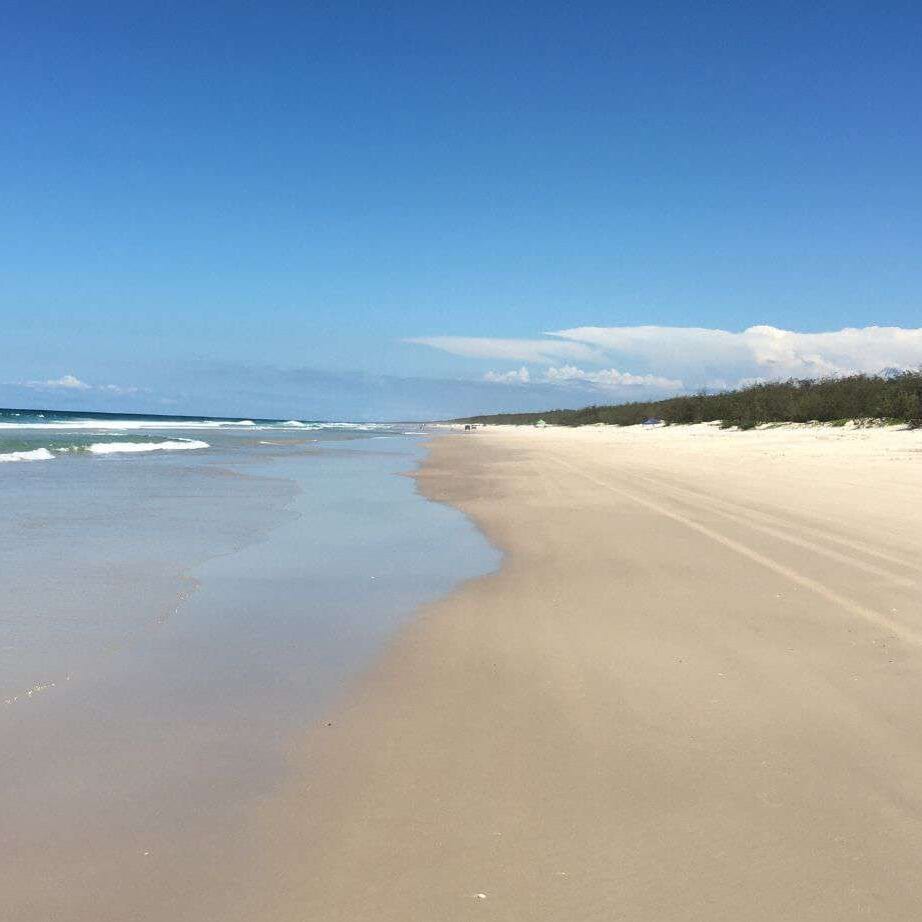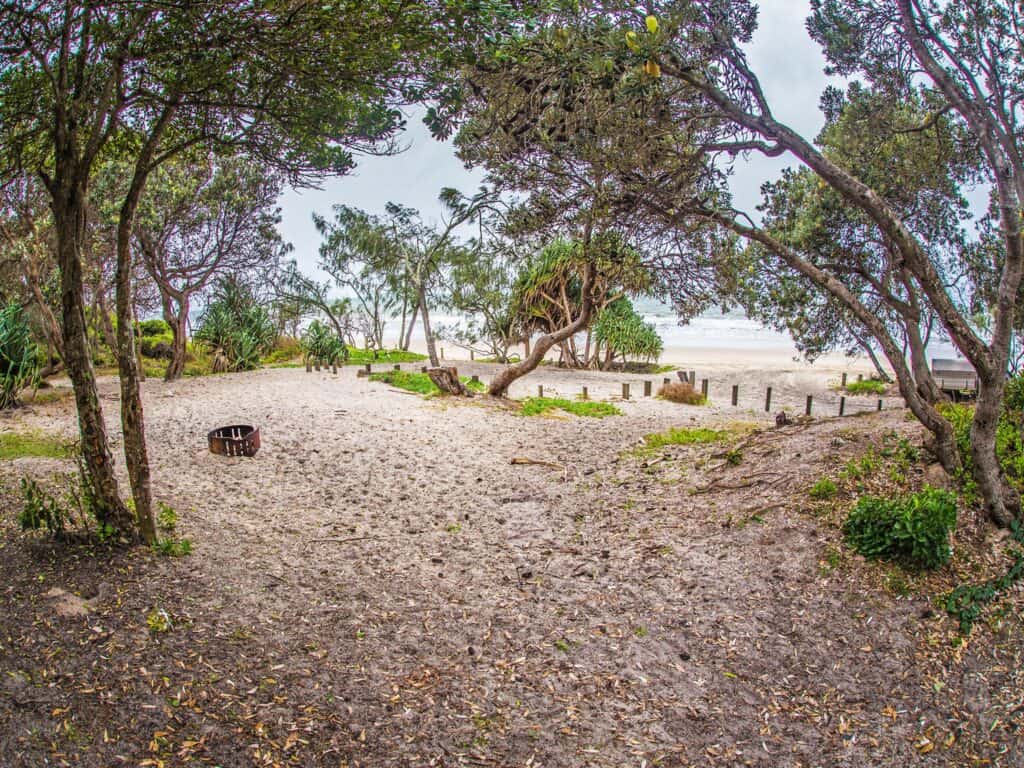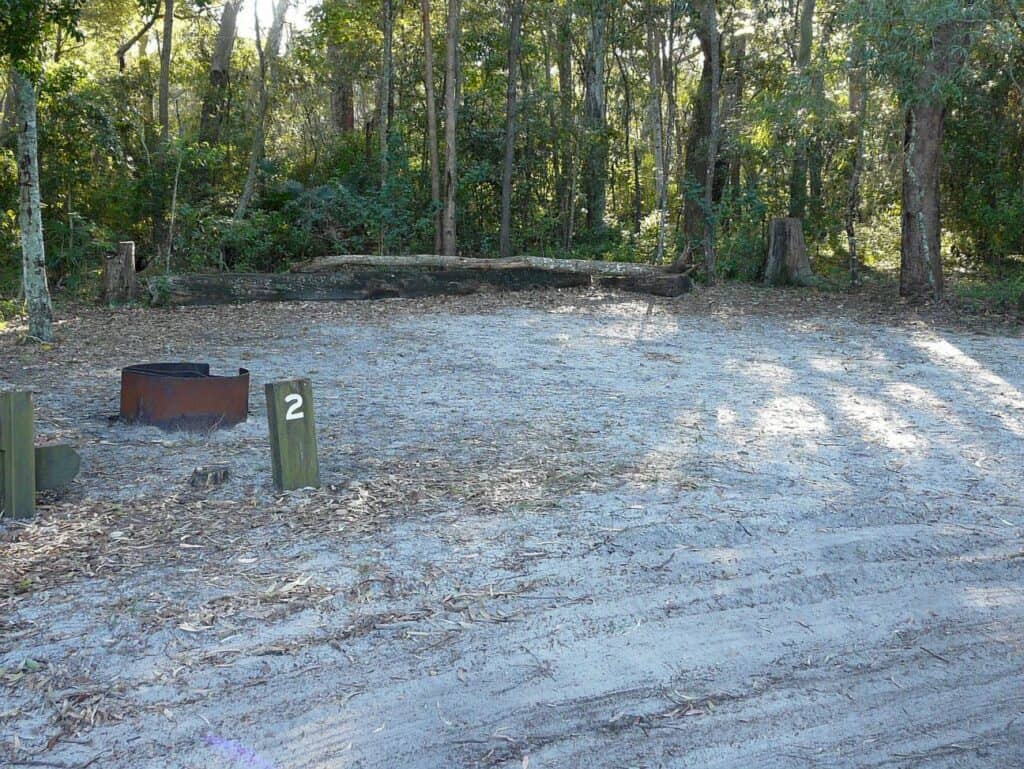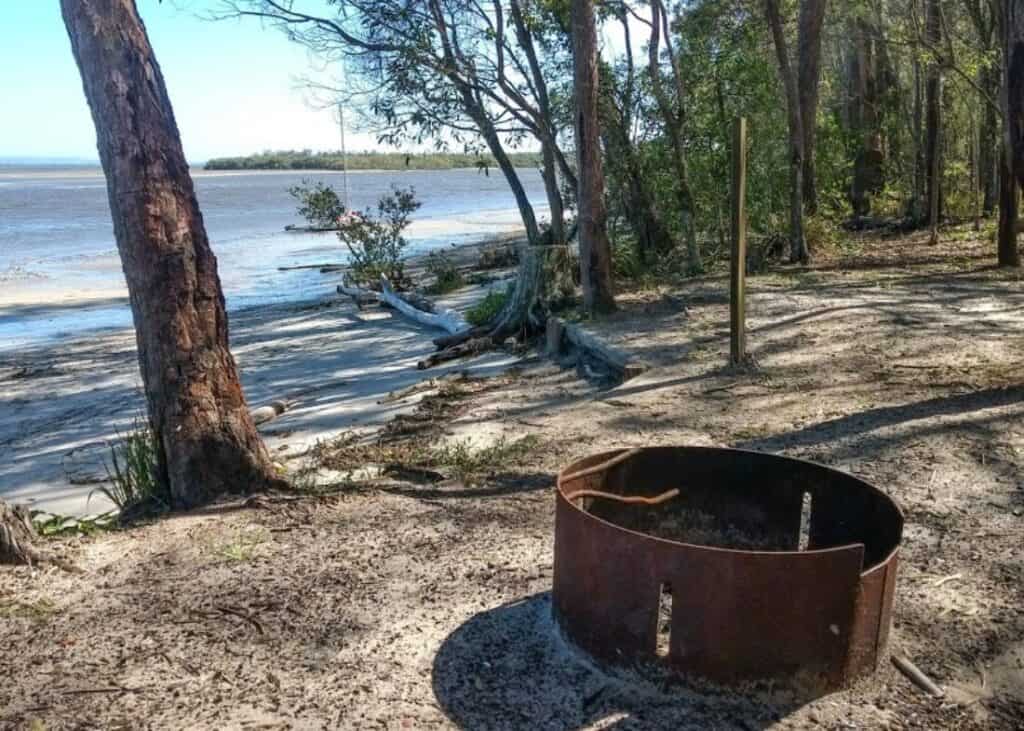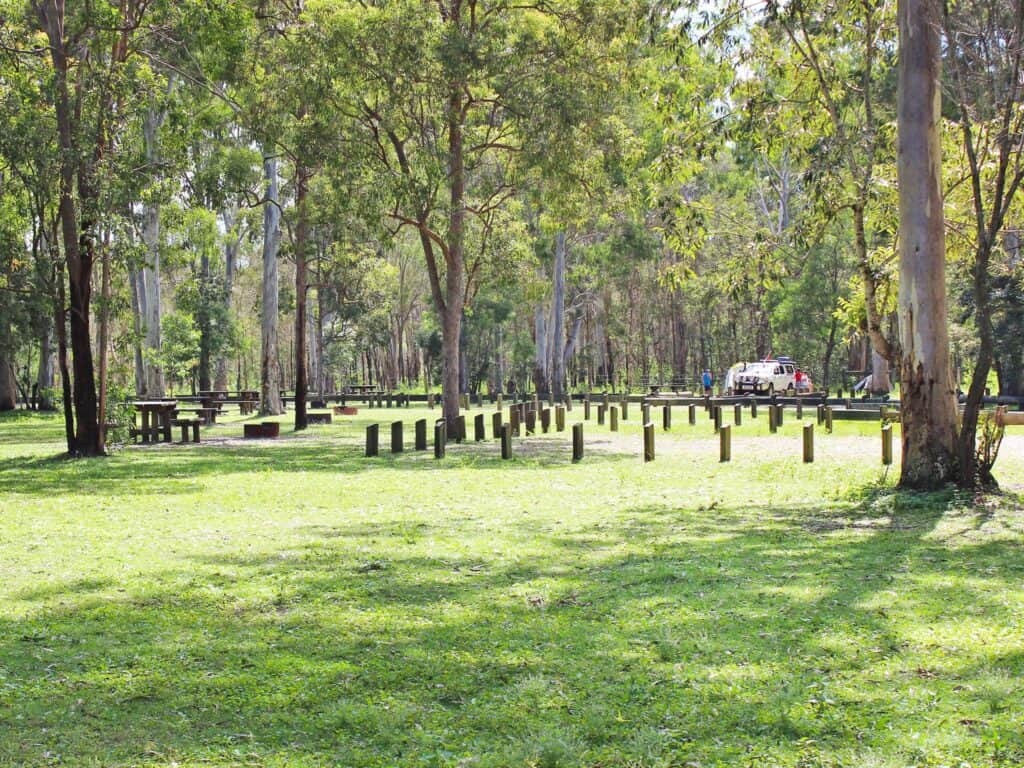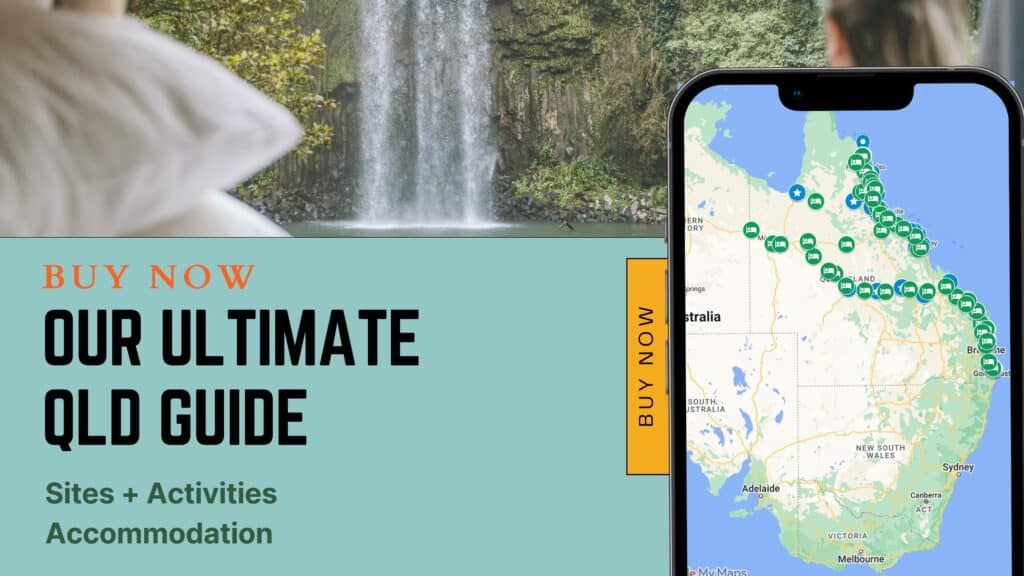Bribie Island Camping Guide
Bribie island national park is an excellent place for a weekend getaway. It’s about 65 kilometres from Brisbane, so it’s not too far away. The bridge to the island is easily accessible, so there’s no need for a boat. However, you might need a 4WD vehicle to access some of the campgrounds on the island. Bribie Island offers a beautiful beach camping experience. The dunes are beautiful, and the ocean is just perfect.
- Getting to the Bribie Island Camping Areas
- Bribie Island National Park Camping Spots
- Ocean Beach Camping Area
- Gallagher Point Camping Area
- Lime Pocket Camping Area
- Poverty Creek Campground
- Mission Point Camping Area
- How Do You Get to Ocean Beach Bribie Island?
- How Much Does It Cost To Camp On Bribie Island?
- Is The Bribie Island Beach Camping Area Safe For Kids?
- Can You Drive on Bribie Island Beach at High Tide?
Getting to the Bribie Island Camping Areas
You can get to the Bribie camping areas in a few different ways. The easiest way is to take the Bruce Highway and then turn onto the Bribie Island Rd. This will take you all the way to the island. Once you are on the island, you must head to the north of the island. The camping areas are located just north of Woorim beach.
Bribie Island National Park Camping Spots
There are numerous designated camping destinations here. Some of these campsites can be booked from campgrounds, while others may be first-come, first-served. Some are only accessible by 4WD vehicles.
Here are some of the best camping spots on Bribie Island:
- Ocean Beach Camping Area
- Gallagher Point Camping Area
- Lime Pocket Camping Area
- Poverty Creek Campground
- Mission Point Camping Area
Ocean Beach Camping Area
Ocean Beach Campground is a great place to stay for anyone looking for a quiet and relaxing camping experience. The campground is located on the northeast side of Birbie island, away from the more populated areas of the island. The beach is also just a short walk away, making it the perfect spot to enjoy a sunset stroll or watch the waves crash against the shore.
That said, there are a few downsides to Ocean Beach Campground. The biggest one is that no electricity or running water is available, so you’ll need to be prepared to live without modern conveniences. The campground can get quite crowded during the summer, so if you’re looking for peace and quiet, it might be best to visit during the off-peak season.
Gallagher Point Camping Area
The Gallagher Point Camping Area is an excellent place to camp if you want some peace and quiet. The campground is located on the southwest side of Birbie island and is the first camping area you’ll come across when crossing the bridge and heading north. It’s a small, secluded campground with only six campsites, so it’s the perfect place to escape it all.
The campsites are well-maintained and include picnic tables and fire pits. No restrooms or showers exist, and domestic pets are not allowed at this campground.
The best thing about Gallagher Point Camping Area is the view. Situated right on the water, you can enjoy stunning views of the river and surrounding countryside towards glass house mountains from your campsite.
Lime Pocket Camping Area
The Lime Pocket Camping Area is a small, primitive campground that is only accessible by boat. The campground is situated on the southwest side of Birbie island and is the last camping ground on the island’s southwest side.
The campsites are located in a small clearing next to a lime pocket, hence the name of the campground.
No drinking water or electricity is available, so be sure to bring your own supplies. The views from the campground are stunning, and it’s a great place to relax and enjoy nature.
Poverty Creek Campground
Poverty Creek Camping area is a great place to camp but be warned that the midges can sometimes be pretty bad. Make sure you bring along some insect repellent to keep them at bay. The campground is situated on the southwest side of Birbie island and is the second camping ground on the island’s southwest side. Access is with a 4WD, so make sure you have one before venturing out here.
The campsites are located in a small clearing next to Poverty Creek. There is no drinking water or electricity available, so be sure to bring your own supplies and pets are not allowed.
Mission Point Camping Area
Mission Point Camping Area is a campground located on the southwest side of Bribie island. The campground is close to the water, which can be great for swimming and fishing, but it also means that the midges can be pretty bad sometimes. Showers and toilets are available at the campground, making it a great place to stay for a few nights.
How Do You Get to Ocean Beach Bribie Island?
Ocean Beach is located on Bribie Island, which is an island off the coast of Queensland, Australia. The easiest way to get to Bribie island national park is by car. If you are coming from Brisbane, you must drive north for about an hour.
Need a rental car to explore Queensland? Book here
Once you reach Bribie Island, you can take the bridge to cross over to the island. Once you are on Bribie Island, follow the signs to Ocean Beach. The beach is located on the Northern end of the island.
Access to the beach is only by a 4WD vehicle. Toilets and water taps are available but only in some sections of the beach.
How Much Does It Cost To Camp On Bribie Island?
The Queensland national parks control the camping areas on Bribie Island. You can book camping permits online for $7.00 per night/per person.
A valid vehicle access permit is also required, and costs $53.65 for a week or $167.60 for a year.
Is The Bribie Island Beach Camping Area Safe For Kids?
The beach is a great place to visit, and there are plenty of things to do there. Kids will love playing in the trees atop the dunes, swimming, and building sandcastles.
However, you need to be aware of the cars as the beach can be a bit of a highway, especially at low tide. The speed limit is 30km/hr, and drivers should be aware, but you will always need to keep an eye on them. You may also see some wildlife while camping on the island, so just be aware that you are camping in the bush.
Can You Drive on Bribie Island Beach at High Tide?
While it is possible to drive on Bribie Island beach during high tide, it is not recommended. Your vehicle will need to be a 4wd and not just an all-wheel drive, as you will be driving on the soft sand.
It would be wise to bring recovery gear with you and try not to do the drive alone.
The waves and currents along the beach can be powerful and easily knock a vehicle off the sand. Driving on the beach should only be attempted if you are confident in your driving skills and are aware of the potential dangers.
